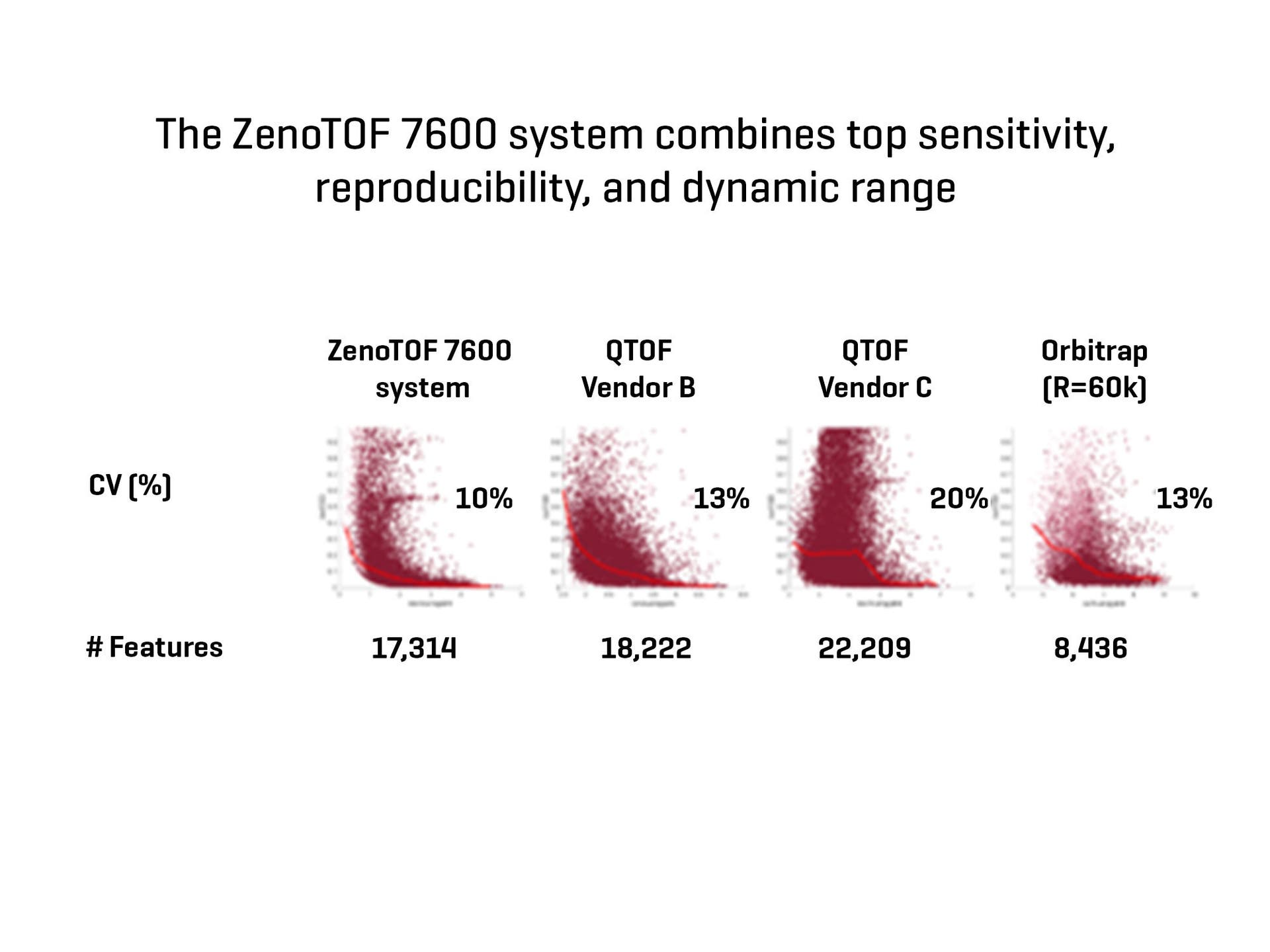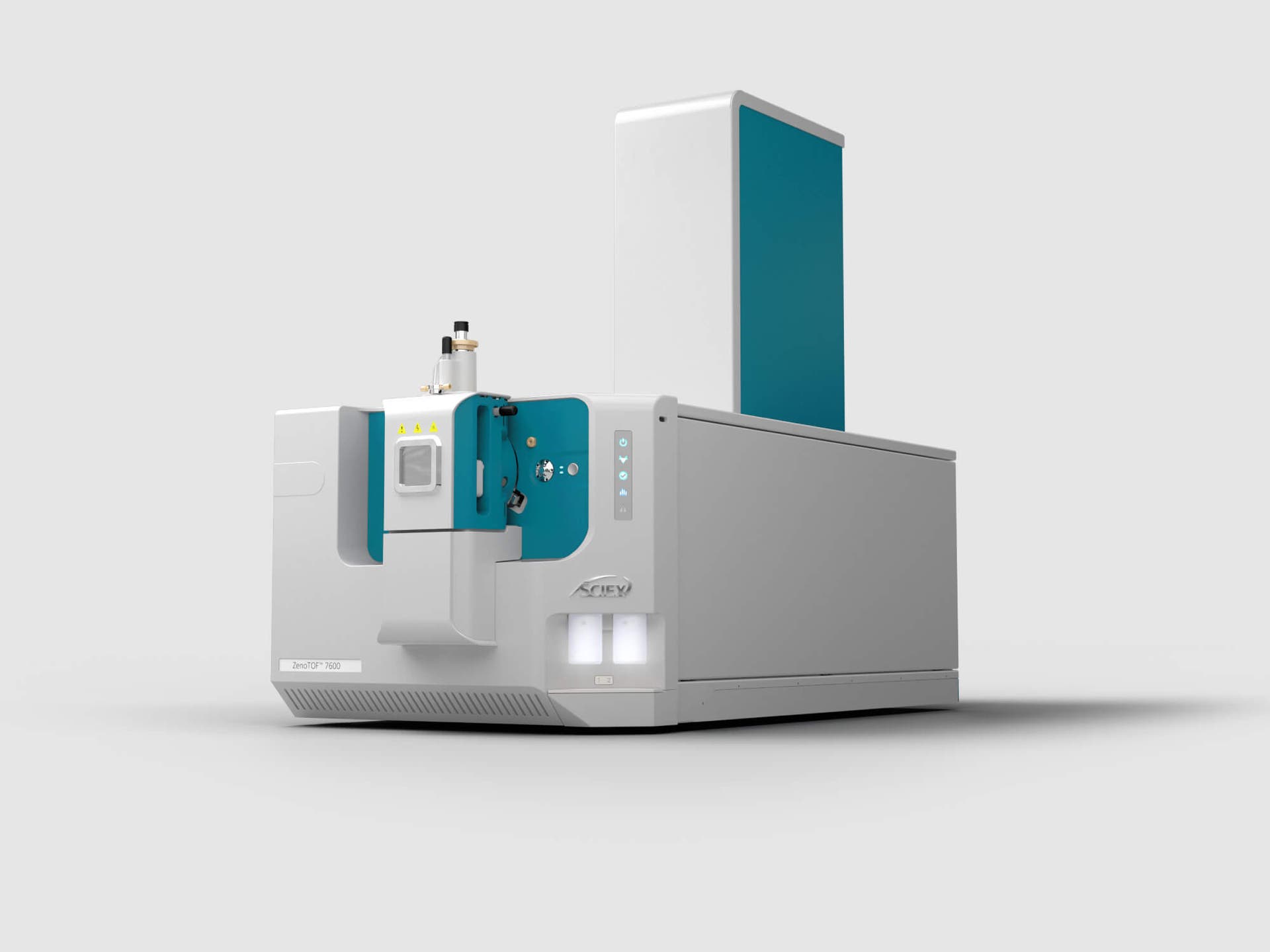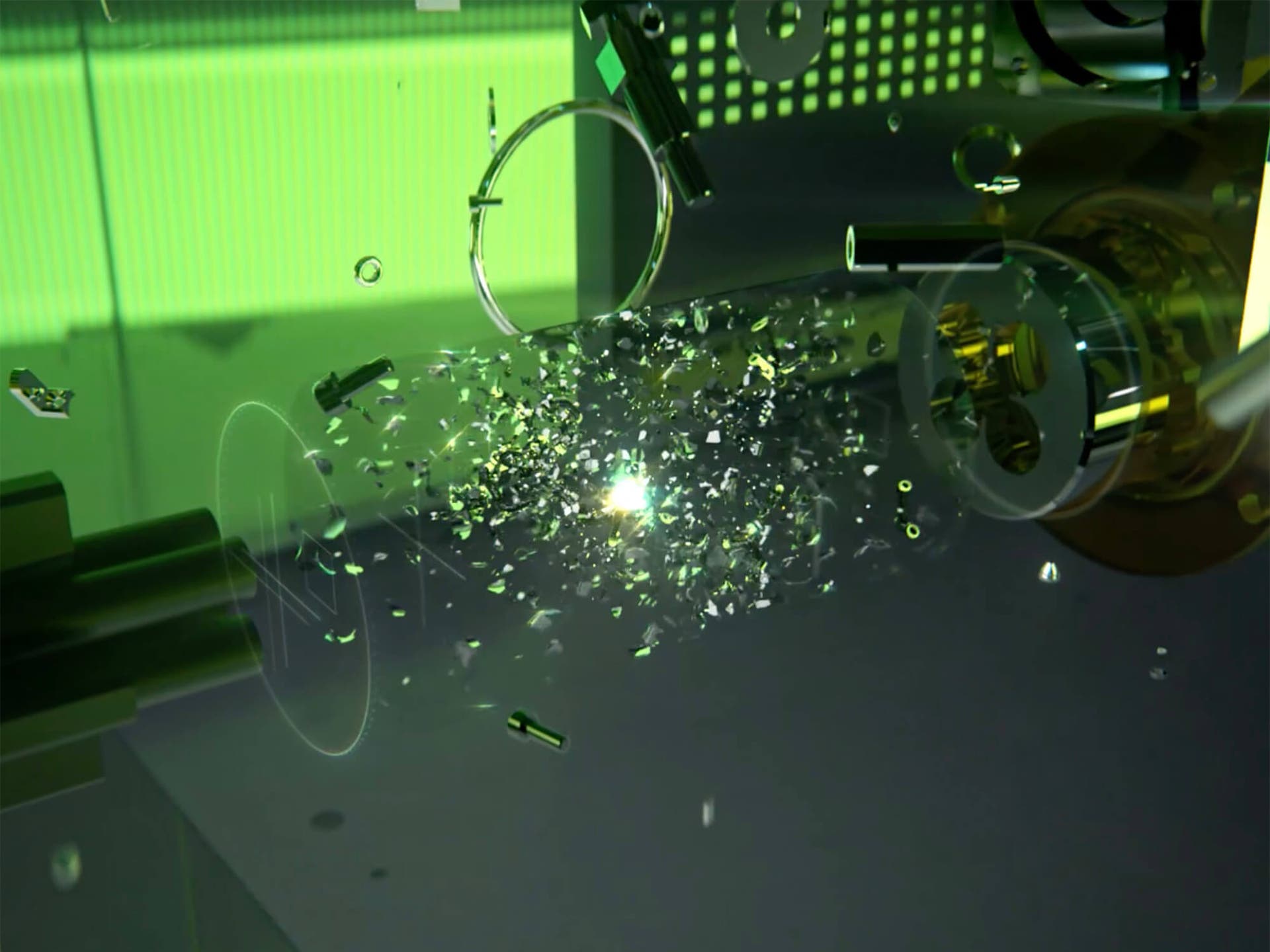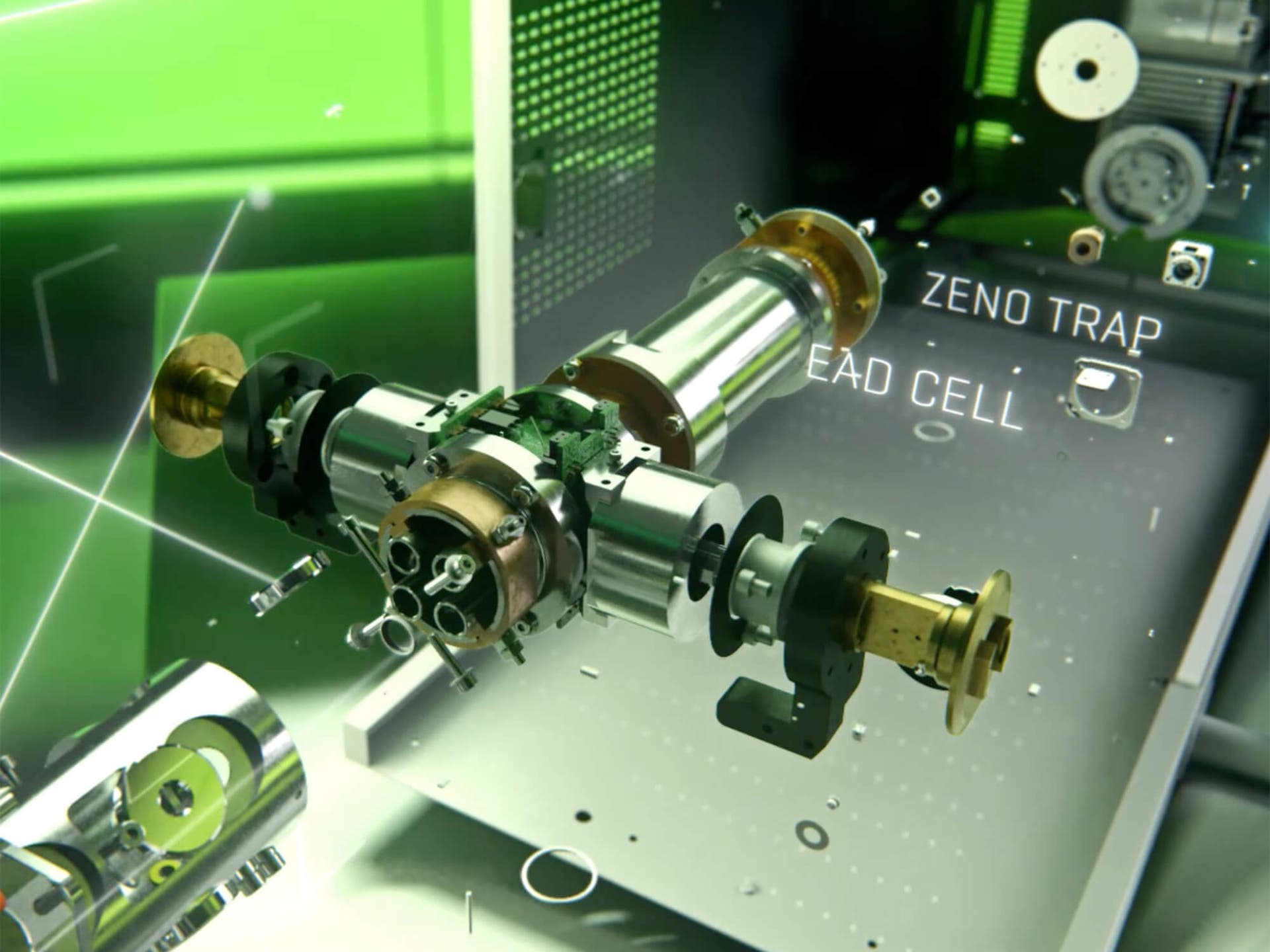The wealth of information obtained through MS metabolomics and lipidomics analyses contributes significantly to our understanding of biological systems, disease mechanisms, and potential therapeutic targets. Applying new technologies to these efforts helps scientists and clinicians work more efficiently to gain insights faster. Advanced instrumentation strengthens capabilities and offers improved sensitivity, robustness, and speed, allowing for more accurate and comprehensive analysis of complex biological samples. With the aid of these instruments, researchers can identify and quantify a broader range of metabolites and lipids, leading to a deeper understanding of biochemical pathways and disease processes.
Extraordinary science with Nicola Zamboni
Nicola Zamboni carefully selects technologies for the PHRT Clinical Metabolomics Analysis Center that hold promise in enhancing clinical insights and decision-making and accelerating the journey toward personalized medicine.
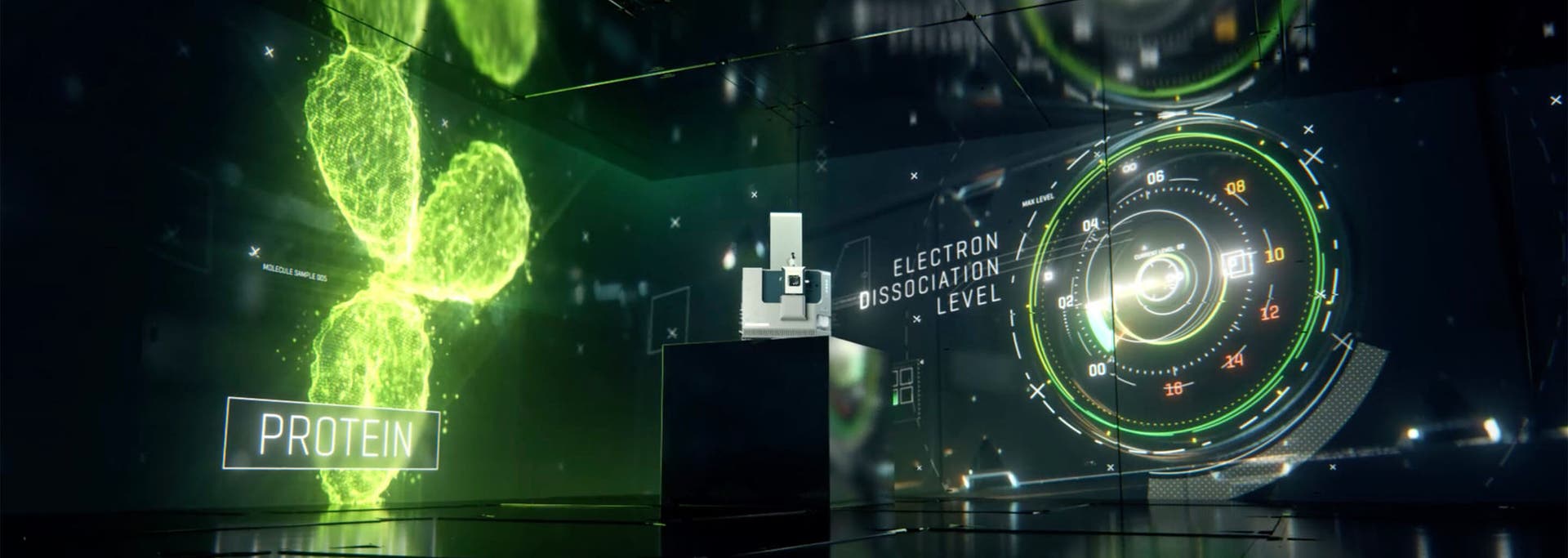
Streamlining metabolomic and lipidomic analyses to enable personalized therapies
Faster, deeper, simpler: a new era in metabolomics and lipidomics profiling
In his laboratories, Dr. Nicola Zamboni explores the capabilities of the ZenoTOF 7600 system. A highly versatile system, it provides all the features his team desires: speed, sensitivity, accuracy, dynamic range, a wealth of MS2 data, and detailed structural elucidation, all in one comprehensive package. This advanced technology meets their expectations and enables them to carry out their routine work with confidence and peace of mind.
Dr. Zamboni demonstrates the system's remarkable performance by applying it to lipidomics analyses—large-scale studies often requiring speed. Right out of the box, the system exhibits flexibility and accuracy, showcasing its ability to handle complex lipidomic samples without the need for tinkering.
With EAD fragmentation, an abundance of valuable information is rapidly acquired, allowing for deeper insights during routine analysis. This time-efficient approach provides rich data that aid in unraveling complex biological processes.
The ZenoTOF 7600 system is a fun and valuable tool for Nicola Zamboni and his team, surpassing expectations and empowering them to gain useful information quickly.
Key takeaways
- The ZenoTOF 7600 system combines top speed, robustness, sensitivity, dynamic range and deep collection of rich MS2 information on a chromatographic timescale
- EAD spectra are extremely rich in information. Lipid EAD spectra are predictable with naïve fragments
- We can efficiently detect, quantify, and structurally elucidate more than 1000 lipids in 2-min gradients in real samples
Watch Nicola Zamboni's extraordinary science
About the presenter

Prof. Dr. Nicola Zamboni
| Nicola Zamboni is an Adjunct Professor at ETH Zurich, Institute of Molecular Systems Biology. He earned his PhD in metabolic engineering at ETH Zurich (2003) and did a postdoctoral degree at the Genome Technology Center, Stanford University. In 2005, he returned to Zurich to establish a lab investigating metabolic function and regulation. The lab pursues a data-driven approach that builds on mass spectrometry methods, such as metabolomics and tracer studies with isotopes. Measurements are enriched with many computational developments for data analysis, integration, and interpretation. |
